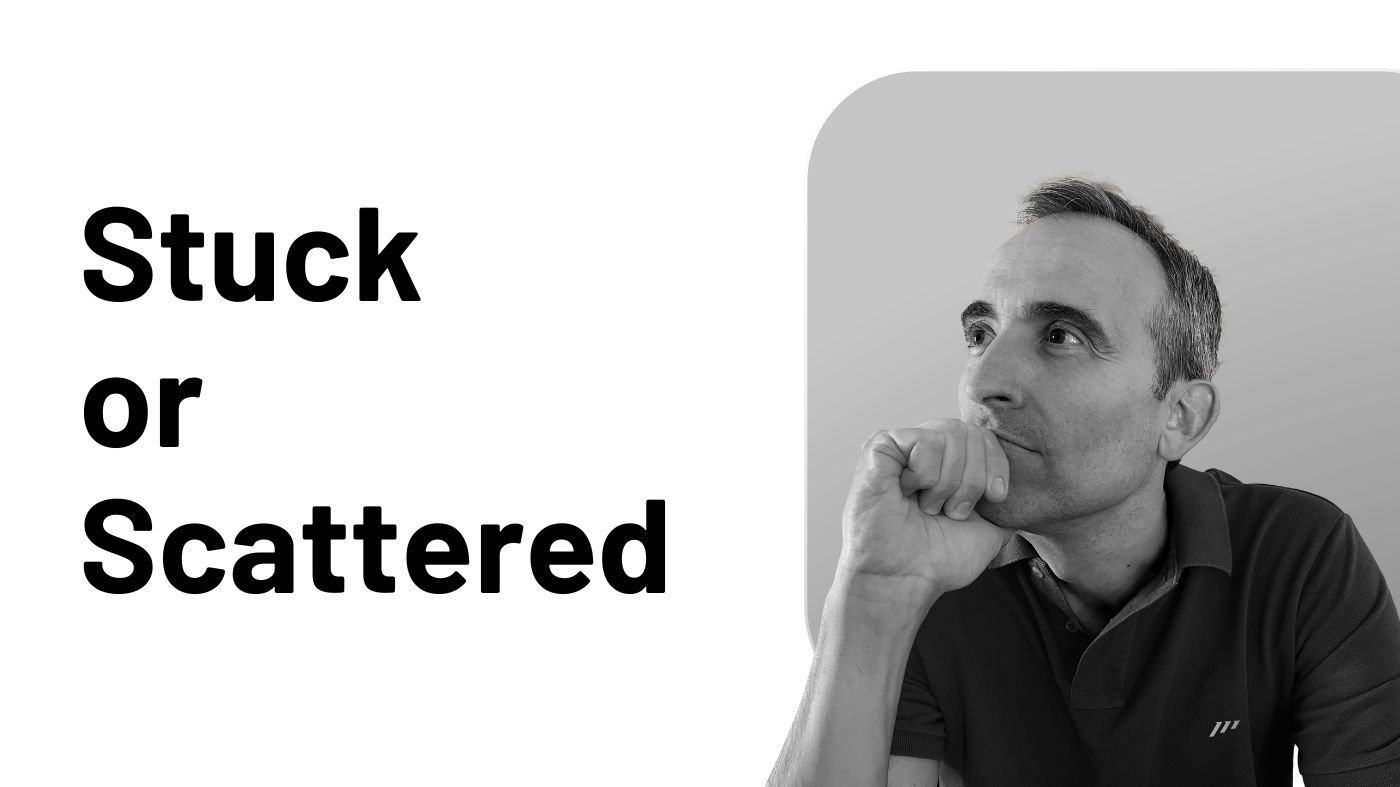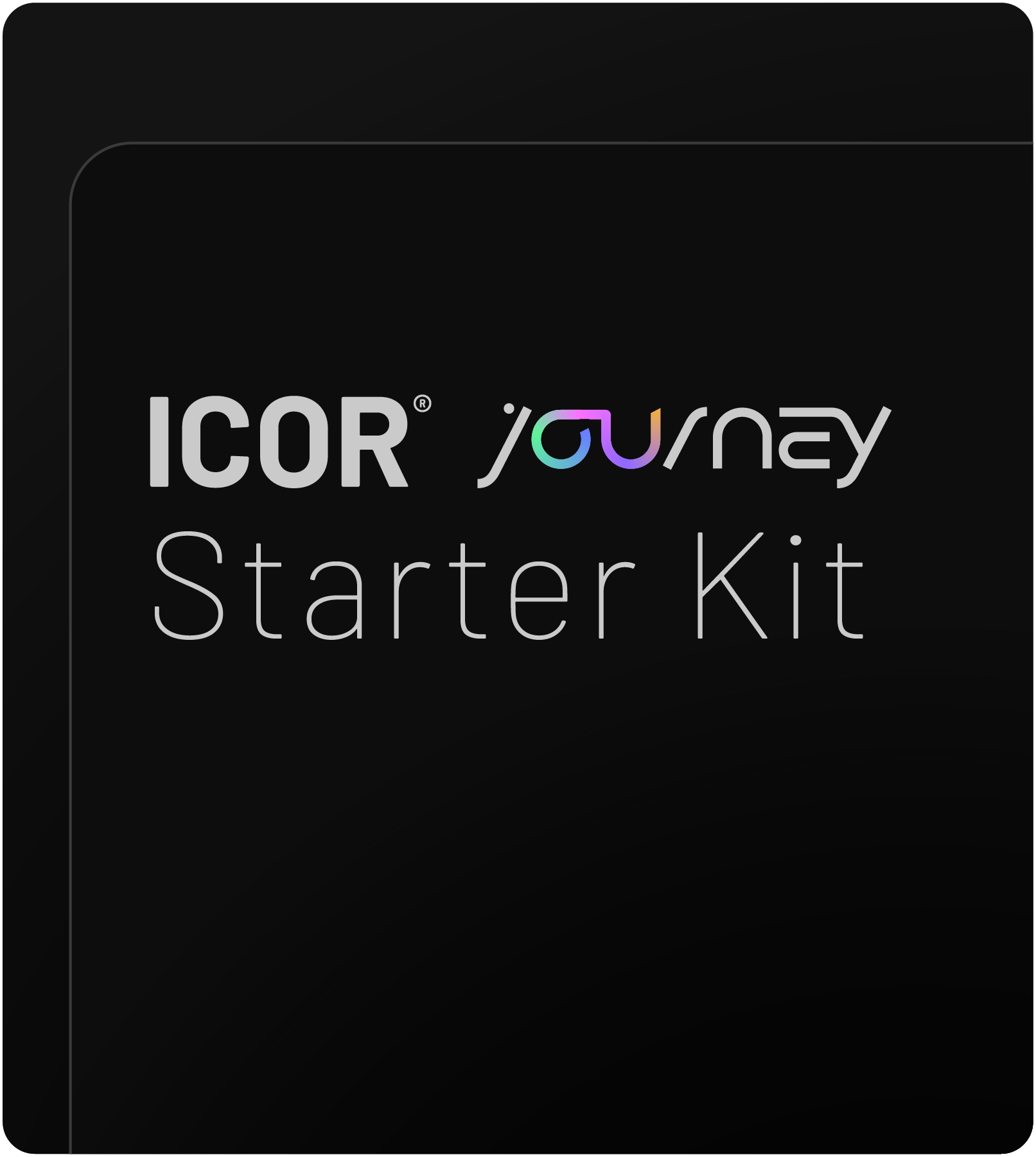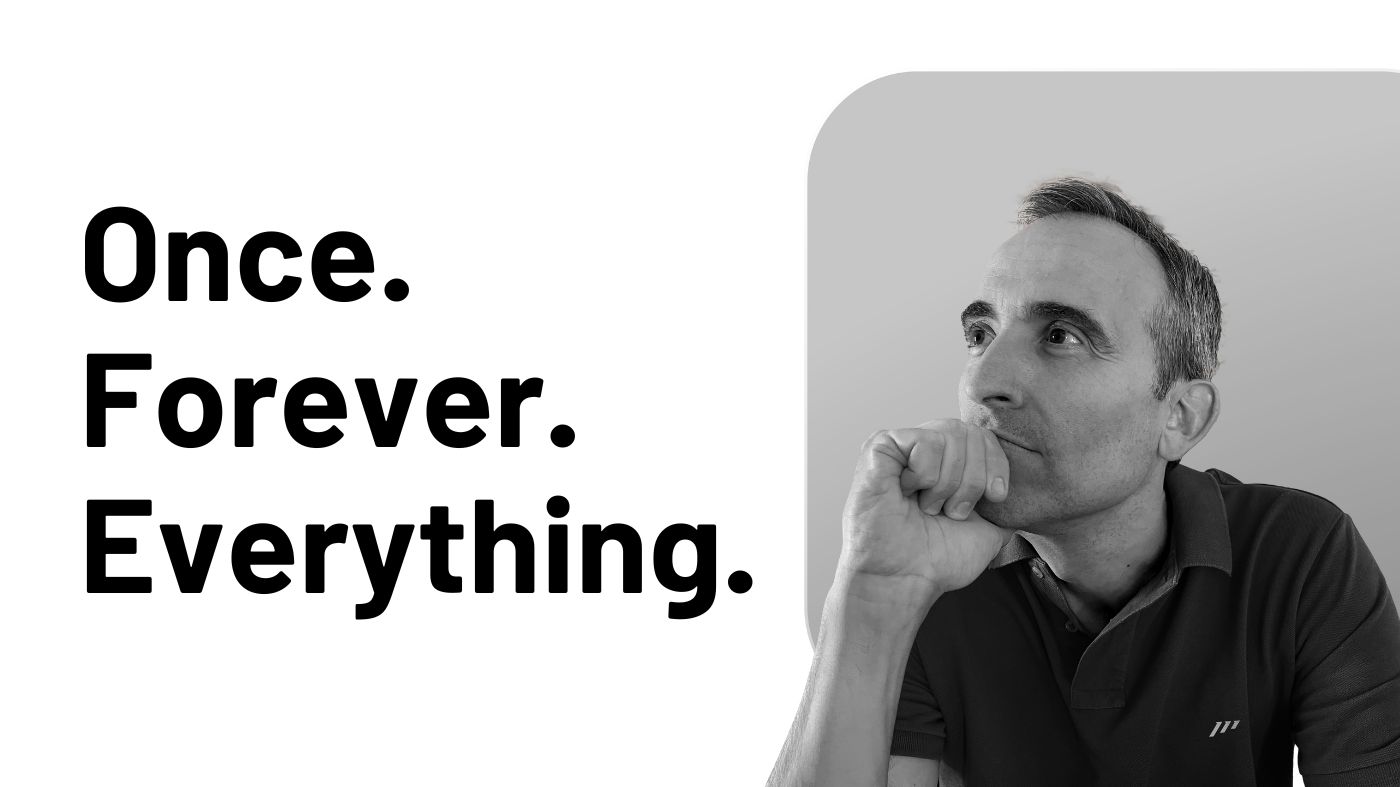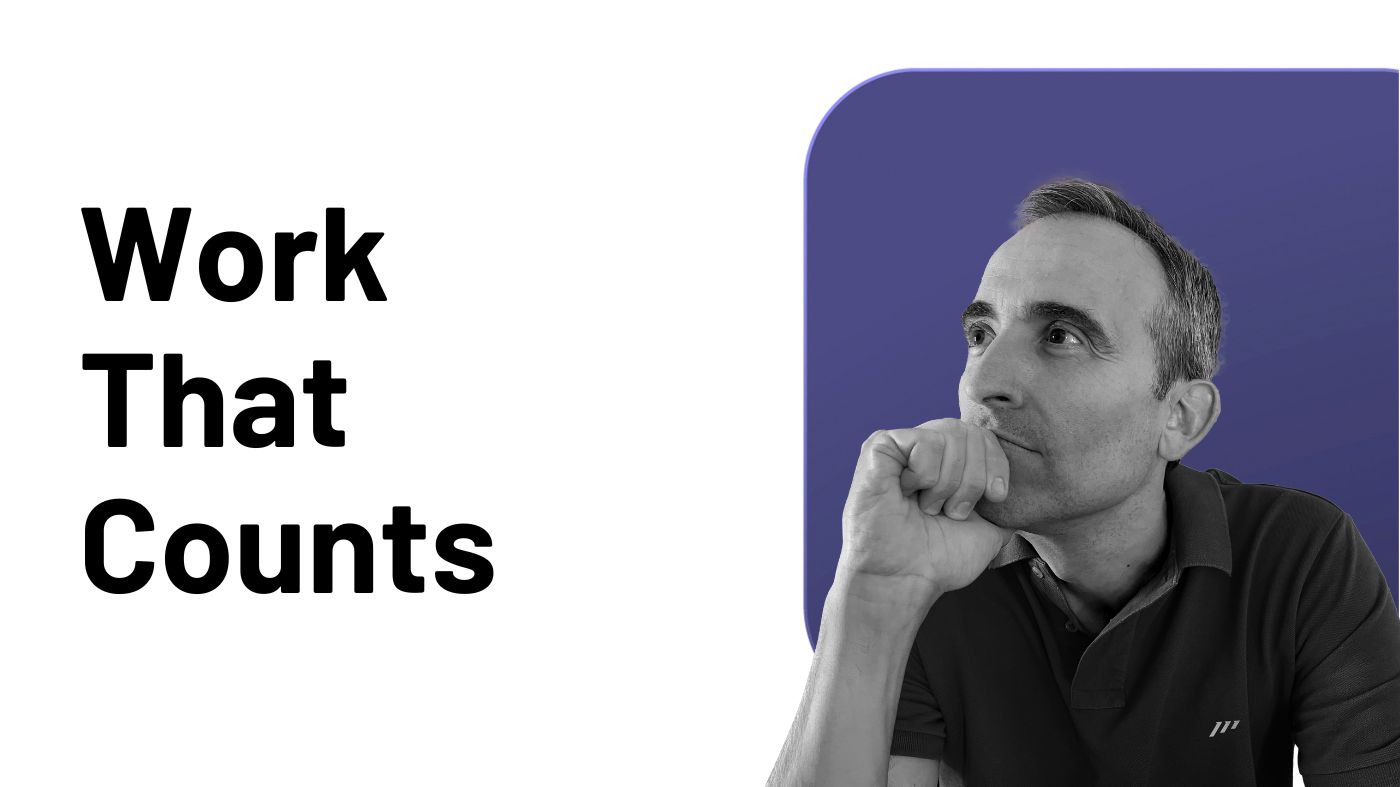The most expensive phrase in business is “we’ve always done it this way.”
The second most expensive is “let’s just try this new tool.”
Both phrases cost you time, money, and momentum. But for opposite reasons.
Most professionals think these are different problems requiring different solutions.
One group defends the status quo.
The other chases innovation.
One resists change.
The other changes constantly.
Here’s what nobody tells you: they’re the same problem wearing different masks.
Both failures emerge from the same gap: operating without a clear productivity system built on solid concepts and proven workflows.
When you lack this foundation, you’re forced to choose between two equally destructive paths: stay stuck or jump blindly.
The professionals who outperform without burning out?
They’ve escaped both traps by building something most people skip: the systematic foundation that makes every productivity decision obvious.
The Comfort Zone Tax: What Staying Put Really Costs You
You know the drill:
-
That reporting process that takes two hours every Monday morning.
-
The manual data entry that could be automated but “we’ve always done it this way.”
-
The meeting structure that wastes half the time but changing it feels like moving a mountain.
It’s not broken enough to fix. Just broken enough to drain you slowly.
Here’s the business math nobody calculates: A professional spending two hours daily on manual reporting equals 500 hours annually. At a conservative $100 per hour value, that’s $50,000 in pure opportunity cost. Per person. Per year. Multiply that across a team of ten, and you’re looking at half a million dollars evaporating into inefficient processes.
But the real cost isn’t what you see today. It’s the compound effect over years.
While you’re defending outdated workflows, competitors are moving faster:
-
They’re serving clients better.
-
They’re closing deals quicker.
-
They’re attracting better talent because their operations actually work.
You don’t realize you’re falling behind until they’ve already lapped you.
“Amateurs talk strategy. Professionals talk logistics.” — General Omar Bradley
Why do smart people fall into this trap?
Because familiarity feels safe. Change feels risky.
The current pain is tolerable, like a low-grade headache you learn to ignore.
You’ve built workarounds.
You know where the landmines are.
Your team has adapted.
Starting over means admitting the last three years were inefficient.
That admission hurts more than the inefficiency itself.
So you defend what you know doesn’t work.
You rationalize why the old way is “good enough.” You tell yourself you’ll fix it later, when things calm down.
Except things never calm down.
The inefficiency becomes permanent. The opportunity cost compounds. The competitive gap widens.
The comfort zone isn’t comfortable. It’s expensive.
You’re just paying the bill so slowly you don’t notice it adding up.
The Shiny Object Syndrome: Why New Tools Make Things Worse
Then there’s the other trap. The one that looks like progress but delivers chaos:
-
A new project management tool launches.
-
The testimonials are glowing.
-
The demo is slick.
-
The promise is seductive: “Finally, the solution that will transform your productivity.”
-
You sign up.
-
You announce it to the team.
-
Everyone scrambles to migrate data, learn new interfaces, adjust existing workflows.
Three months later?
You’re back where you started. Just with another subscription to cancel and more wasted time in training.
The business impact is staggering.
Implementation of a new tool without clear workflows costs approximately 40 hours per person in training, transition time, and lost productivity.
For a team of 20, that’s 800 hours. At $100 per hour, you’ve just burned $80,000.
And that’s being conservative. It doesn’t count the opportunity cost of deals delayed, projects stalled, or momentum lost while everyone figures out the new system.
But here’s what makes this trap particularly brutal: the pattern repeats.
Six months later, another tool promises to solve what the last one couldn’t.
You jump again.
The cycle continues.
Tool hopping becomes your strategy. You never stay long enough to see real results because you’re constantly chasing the next silver bullet.
Why does this happen?
Because you’re looking for external solutions to internal organizational problems.
The tool isn’t the problem. Your team isn’t the problem.
The problem is simpler and harder: you don’t have clear workflows to plug the tool into.
You’re buying hammers when you haven’t defined what you’re building.
The tool can’t fix what you haven’t diagnosed.
So you keep searching. Keep switching. Keep hoping the next one will finally be the answer.
Meanwhile, your team grows cynical. “Here we go again.”
They’ve learned not to invest too much because they know you’ll switch in a few months anyway.
The shiny object syndrome isn’t about curiosity or innovation. It’s about desperation dressed up as progress.
And it’s costing you more than you think.
The Common Root Cause: Operating Without a Productivity System Foundation
Both traps emerge from the same gap: no conceptual framework for making productivity decisions.
Without a productivity system foundation, you’re operating on feelings instead of principles:
-
Does this process work? Well, it feels familiar, so we’ll keep it.
-
Should we adopt this tool? It looks impressive, so we’ll try it.
Your entire operation runs on intuition, momentum, and hope.
That’s not a strategy. That’s a recipe for staying trapped.
Here’s what most professionals miss: a productivity system foundation isn’t about tools. It’s not about apps, software, or platforms.
It’s about understanding how information flows and work gets done.
It’s about having clear concepts and proven workflows that guide every single decision you make.
“Give me six hours to chop down a tree and I will spend the first four sharpening the axe.” — Abraham Lincoln
Let me make this concrete with the ICOR® methodology from Paperless Movement®.
It’s built on four foundational concepts: Input (how you capture information), Control (how you organize it), Output (how you execute work), and Refine (how you improve continuously).
These aren’t steps in a process. They’re categories of work that help you understand what’s actually happening in your operation.
When you have these concepts clear, everything changes:
-
You’re not defending an email system because it’s familiar. You’re evaluating whether it effectively captures and organizes information. If it doesn’t, the decision to change becomes obvious.
-
You’re not adopting a new AI tool because it’s shiny. You’re assessing whether it genuinely improves how you execute work or refine your processes. If it doesn’t fit, you pass without guilt.
The concepts give you language to diagnose problems.
The workflows give you structure to implement solutions.
Together, they form the foundation that makes every productivity decision systematic instead of emotional.
This is why some professionals seem to make perfect decisions about when to change and what to adopt.
They’re not smarter. They’re not luckier. They have a framework.
They understand their productivity system at a conceptual level, so they can evaluate any situation objectively.
Without this foundation, you’re stuck choosing between two bad options: resist all change or chase every innovation.
With it, you can evolve strategically.
You know exactly when something needs to change because you can see what’s breaking in your information flow.
You know exactly which tools to adopt because you understand where they fit in your workflows.
The breakthrough isn’t complicated: build your productivity system on concepts and workflows first.
Then every tool decision, every process change, every operational improvement becomes obvious.
How a Productivity System Foundation Transforms Every Decision
Let’s get practical.
What actually changes when you operate from a productivity system foundation?
Every decision gets filtered through a simple question:
“Does this improve how we capture, organize, execute, or refine work?”
If the answer is yes, you explore further.
If it’s no or unclear, you pass. No guilt. No FOMO. Just clarity.
Consider a real scenario.
Your team is drowning in emails.
The current system is outdated, search doesn’t work, threads are a mess.
Someone suggests migrating to a new platform.
Without a productivity system foundation, you’re stuck in analysis paralysis:
-
Maybe it’s just resistance to change?
-
Maybe we need to give the current system more time?
-
Maybe we’re the problem, not the tool?
With a productivity system foundation, the decision is clear.
Emails are Input in the ICOR® methodology.
The current productivity system fails at capturing information effectively, makes organizing messages nearly impossible, and creates friction in execution.
Three of four core functions are breaking down.
The productivity system concepts reveal the problem clearly.
The decision to migrate becomes strategic, not emotional.
“Change is not a threat, it’s an opportunity. Survival is not the goal, transformative success is.” — Seth Godin
Now flip it.
A new AI productivity tool launches.
It’s getting massive buzz. Someone on your team wants to try it.
Without a foundation, you might jump in because everyone else is.
Or resist because you’re tired of tool-hopping.
Either way, you’re guessing.
With a productivity system foundation, you ask:
“Where does this fit in our workflows?”
You examine your documented processes.
You realize the tool promises to help with brainstorming, but your bottleneck isn’t idea generation. It’s execution.
Your workflows show clearly that ideas pile up faster than you can implement them.
The tool doesn’t address your actual constraint.
The productivity system workflows reveal there’s no integration point.
You pass without guilt, saving 40 hours of implementation chaos.
This is the power shift. From reactive decisions to strategic choices.
-
You’re no longer guessing whether change is good or bad. You’re evaluating whether it serves your productivity system.
-
You’re not defending the status quo out of fear. You’re maintaining what works based on evidence.
-
You’re not chasing innovations out of desperation. You’re adopting tools that genuinely improve your workflows.
Every change serves the productivity system.
Never just change for change’s sake.
Never stagnation for comfort’s sake.
Just systematic, purposeful evolution guided by clear concepts and proven workflows.
The professionals who outperform consistently?
This is how they think.
This is how they decide.
This is how they avoid both traps while continuously improving.
Building Your Productivity System Foundation in 4 Strategic Moves
You don’t need months to build this foundation.
You need focus and four strategic moves.
Each one builds on the last.
Together, they give you the conceptual framework and workflow clarity that eliminates both productivity traps.
Strategic Move 1: Map Your Current Information Flow.
Start by identifying where information enters your work.
Emails, meetings, Slack messages, documents, verbal requests, client calls.
Track where it goes next:
-
Does it sit in your inbox?
-
Get transferred to a task list?
-
Land in a project folder?
-
Get forgotten in meeting notes?
Document where information gets stuck, where it gets lost, where it creates bottlenecks.
This isn’t about judgment. It’s about visibility:
-
Grab a whiteboard or a large paper.
-
Draw boxes for each entry point.
-
Draw arrows showing the flow.
-
Be brutally honest about what actually happens, not what should happen.
Time investment: two to three hours.
Deliverable: a visual map of your actual workflows that everyone can see and discuss.
Strategic Move 2: Define Your Core Productivity Concepts.
Now create clear definitions your team can understand and apply.
You can use ICOR®’s concepts (the ICOR® methodology has distilled the minimum concepts any productivity system needs to handle) or just use your common sense.
For example, distinguish between projects, ongoing operations, and individual tasks:
-
A project has a defined end state.
-
An operation is continuous.
-
A task is a single action.
Define what “organized” means in your context.
Define what “complete” means.
Establish principles for how work should flow.
For example, all incoming information gets captured in one place, all projects have clear owners, all tasks have clear next actions:
-
Write these down.
-
Make them specific enough that anyone on your team could apply them without asking for clarification.
Time investment: one to two hours.
Deliverable: a written concept framework your entire team can reference when making decisions.
Strategic Move 3: Document Your Essential Workflows.
For each major work type, define the standard process from start to finish:
-
How does a client request become a delivered project?
-
What’s the path from idea to implementation?
-
How does information captured become work organized become outcomes produced?
Include decision points, handoffs between team members, and completion criteria.
Keep it simple.
Three to five core workflows cover 80% of the work in most organizations.
You don’t need to document every edge case.
You need to clarify the patterns that repeat constantly.
Use simple flowcharts or step-by-step lists.
Time investment: two to four hours.
Deliverable: workflow documentation that anyone can follow without supervision.
Strategic Move 4: Install Your Evaluation Framework.
Create a simple checklist for vetting any process change or tool adoption:
-
Question one: “What specific problem does this solve?”
-
Question two: “How does this improve our concepts or workflows?”
-
Question three: “What’s the implementation cost in time and training?”
-
Question four: “How will we measure if it’s working?”
If you can’t answer all four clearly, the change isn’t ready.
This framework prevents both traps.
It stops you from defending broken processes because it forces you to articulate what’s actually working.
It stops you from chasing shiny objects because it demands clear justification.
Time investment: 30 minutes to create, five minutes to apply to each decision.
Deliverable: a decision framework that protects you from both productivity failures permanently.
Four strategic moves. Less than ten hours total.
What you get is a productivity system foundation that transforms how you work forever:
-
You’ll know when to evolve because you understand what’s broken and what works.
-
You’ll know which tools to adopt because you can see exactly where they fit.
-
You’ll avoid waste because every decision is guided by principles, not impulses or inertia.
This is how you escape both traps.
Not by choosing between them. By building the foundation that makes both irrelevant.
The Strategic Advantage: Evolve Without Chaos, Adopt Without Waste
Here’s what becomes possible when you operate from a productivity system foundation:
-
You can implement continuous improvement without disruption.
-
Changes align with established concepts.
-
Your team understands why things are changing because the decision traces back to clear principles.
-
There’s no confusion, no resistance born from uncertainty, no productivity loss during transitions.
-
You’re improving systematically, not lurching randomly.
You can adopt new tools without training nightmares:
-
New tools fit into existing workflows.
-
The integration points are obvious.
-
Your team knows exactly how the tool serves the productivity system.
-
They’re not learning a completely new way of working.
-
They’re using a new tool within a familiar framework.
-
Implementation goes from 40 hours of chaos to 4 hours of focused setup.
You can make decisions independently without constant alignment meetings.
When everyone understands the productivity system concepts and workflows, they can evaluate changes themselves:
-
They apply the same framework you would.
-
They ask the same questions.
-
They reach the same conclusions.
-
Your team becomes self-managing because they’re operating from shared principles, not waiting for your approval on every decision.
The business impact compounds over time:
-
Faster execution because everyone knows the productivity system.
-
Lower costs because you’re not constantly switching tools or defending broken processes.
-
Competitive advantage because your operations actually work while competitors are stuck in one of the two traps. You’re neither stuck nor scattered. You’re strategic.
A year from now you may wish you had started today.” — Karen Lamb
Consider the three-year horizon.
Company A defends outdated processes.
Every year, they lose a bit more ground to competitors.
Their talented people leave because operations are frustrating. They’re running harder to stay in the same place.
Company B chases every new tool.
Every quarter brings another implementation, another transition, another round of training.
Their team is exhausted.
Nothing ever stabilizes long enough to produce real results.
You?
You’re improving consistently:
-
Each change serves the productivity system.
-
Each stable period is productive, not stagnant.
-
Your team is confident because they understand the foundation.
-
Your operations are efficient because you’ve eliminated waste.
-
Your competitive position strengthens because you’re building capability while others are spinning.
This is how professionals and organizations outperform without burning out.
Not by refusing to change.
Not by changing constantly.
By building the productivity system foundation that makes every change purposeful and every stability period productive.
You’re not in survival mode. You’re in strategic mode.
And that advantage compounds every single day.
Stop Defending Yesterday, Stop Chasing Tomorrow
Which trap are you in right now?
-
Are you defending processes you know don’t work?
-
Rationalizing inefficiencies because change feels harder than staying the same?
-
Watching productivity erode slowly while telling yourself you’ll fix it later?
Or…
-
Are you chasing the next tool hoping it will finally solve everything?
-
Jumping from platform to platform, always searching for the silver bullet that will transform your operation overnight?
Both paths fail because they skip the foundation.
The most expensive phrase in business isn’t “we’ve always done it this way.” And it’s not “let’s just try this new tool.”
The most expensive phrase is the one you never say: “Let’s build our productivity system on clear concepts and proven workflows first.”
That foundation changes everything:
-
It tells you when to evolve and when to stay the course.
-
It shows you which tools to adopt and which to ignore.
-
It eliminates waste from both directions: the waste of defending what doesn’t work and the waste of chasing what doesn’t fit.
Build your productivity system foundation:
-
Map your information flow.
-
Define your core concepts.
-
Document your essential workflows.
-
Install your evaluation framework.
Then every decision becomes obvious, every change becomes strategic, and every day moves you forward instead of sideways.
The ICOR® methodology from the Paperless Movement® provides exactly this systematic approach to productivity, giving busy professionals the conceptual framework and proven workflows that eliminate both traps permanently.
When you understand how to capture information effectively, organize it systematically, execute work efficiently, and refine processes continuously, you’re no longer choosing between bad options.
You’re operating from a foundation that makes productivity systematic instead of emotional.
Strategic instead of reactive.
Sustainable instead of exhausting.
Stop defending yesterday. Stop chasing tomorrow.
Build the productivity system that works today and evolves forever.
That’s how you stay ahead without burning out.





